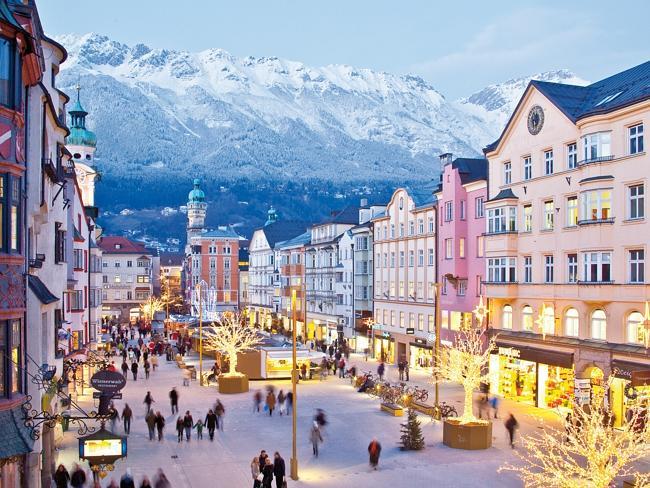The Empire of Peregrinum

Peregrinum is a grand empire located on the southern coast of Meterra. The Empire consists of the Imperial Realm, and two client Kingdoms known a Krennuk and Brusk. The Empire has been ruled by the Imperial House of Alan for 1,687 years since the arrival of Pro Consul Vincent's from the Imperium Augustum. Two Royal Houses exist in the Empire. The Royal House of Arnath Rules the Northwest Kingdom of Krennuk, and the Royal House of Khor rules the northwest Kingdom of Brusk.
The Empire's unique location has been paramount to its prosperity over the last millennium. To the north towers a mighty mountain range rich in mineral and energy resources. The plains, and fields in the heartland have kept the people fed. To the south the grand lake, and the South Meterran sea have made the Empire a a major player in international trade. These natural barriers have also served to keep the Empire safe from any foreign power that might encroach upon its soil. The people of the Empire take great pride in having never been conquered as many use the term Imperia Invicita when in patriotic fervor.
Realms and People of the Empire
The Imperial Reserve: Peregrinum
 When most people think of Peregrinum, they picture the Imperial reserve. Stretching from the heartland's rolling hills to the crystal clear waters of the south Meterran coast, the reserve is home to some of the most recognizable features of the Empire. The reserve is also home to several of Peregrinum's largest cities, including the jewel of the Empire, the Capital City of Alanic(Pictured). For over 1,000 years Alanic has been the seat of power of the house of Alan, and the city's long history is written on every wall and street.
When most people think of Peregrinum, they picture the Imperial reserve. Stretching from the heartland's rolling hills to the crystal clear waters of the south Meterran coast, the reserve is home to some of the most recognizable features of the Empire. The reserve is also home to several of Peregrinum's largest cities, including the jewel of the Empire, the Capital City of Alanic(Pictured). For over 1,000 years Alanic has been the seat of power of the house of Alan, and the city's long history is written on every wall and street.
The Kingdom of the Great Lake: Krennuk
 The Kingdom of Krennuk lies to the northwest of the Imperial Reserve. The area is heavily forested, especially in the area around the Great Lake. The Lake and Forest have ever been the lifeblood of the Kingdom. During the Empire's rapid industrialization many of the forests were decimated, since that time the King has taken drastic steps to preserve and rebuild the forests that were sacrificed in the name of industry.
The Kingdom of Krennuk lies to the northwest of the Imperial Reserve. The area is heavily forested, especially in the area around the Great Lake. The Lake and Forest have ever been the lifeblood of the Kingdom. During the Empire's rapid industrialization many of the forests were decimated, since that time the King has taken drastic steps to preserve and rebuild the forests that were sacrificed in the name of industry.
The Mountain Kingdom: Brusk

The Kingdom of Brusk towers in the northeast of the Empire. Much of the Kingdom is home to a vast, resource rich mountain range that has become a piece of the Brusken identity. The Bruskens are no stranger to hardship, but their resources made them rich during the industrial era. As such they were able to hold out for longer than Krennuk during the unification, and most recently they waged a rebellion lasting several years against the Empire. The most recent rebellion left many of the Kingdom's major cities decimated, including the once magnificent Capital city of Brukren.
The Kingdom of the Great Lake: Krennuk

The Mountain Kingdom: Brusk
Last edited:


